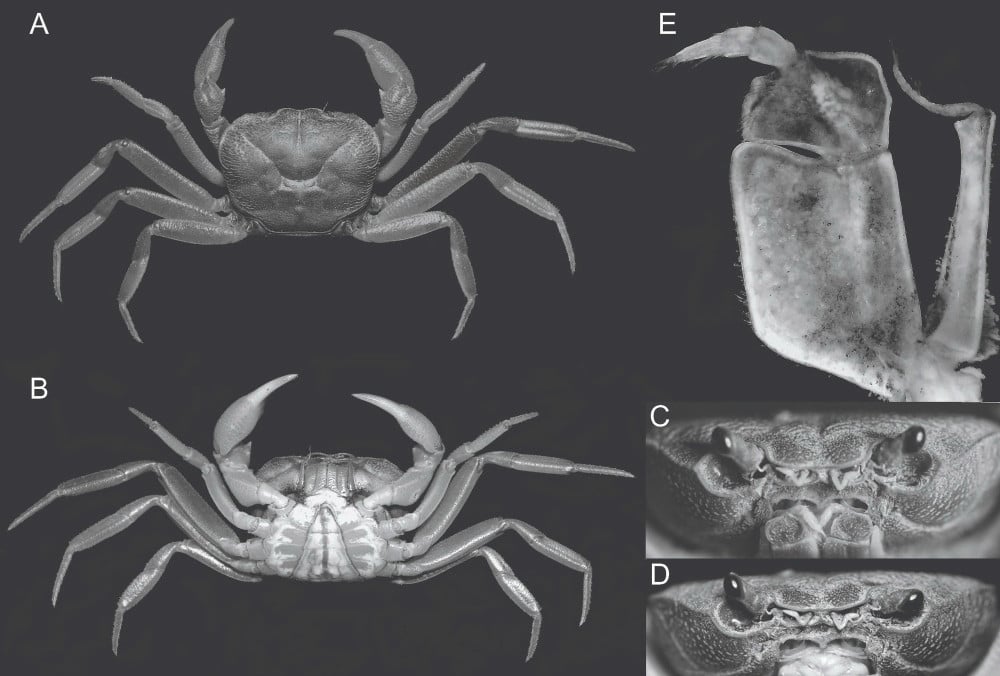
Freshwater crab Tayninhon nuibaden (Photo: Vietnam - Russia Tropical Center)
Tayninhon nuibaden
Scientists from the Southern Branch - Vietnam - Russia Tropical Center, in collaboration with the Institute of Biology and the Institute of Life Sciences (Vietnam Academy of Science and Technology) have just published in the international journal Zootaxa a research work on a completely new breed and species of freshwater crab that was recently found on Ba Den Mountain, Tay Ninh province.
Accordingly, this crab species was found at an altitude of about 400 meters on Ba Den Mountain. They live in cracks and crevices in rocks where there is slow water flow. Unlike many other crab species, this crab species does not have the habit of digging burrows, does not live on trees and is active both day and night. Their habitat is large granite blocks, stacked on top of each other, with vegetation mainly consisting of vines and rock-climbing plants.
According to scientific description, this newly discovered crab species has some outstanding identifying characteristics: The crab carapace is nearly square, the surface is flat with many wrinkles and prominent veins in the gill area. The outer corner of the eye socket is triangular, the forehead edge is wide and slightly concave, with a clear H-shaped groove. The crawling legs are developed proportionally, in which the third pair of legs is the longest, the first pair of legs is the shortest.
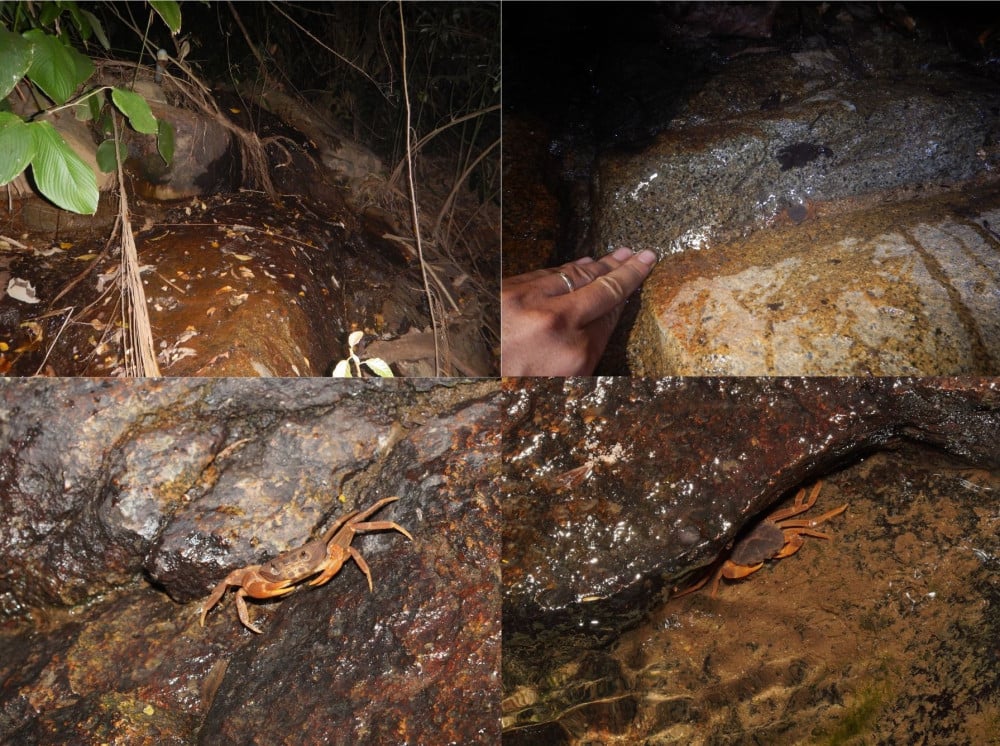
Freshwater crab Tayninhon nuibaden (Photo: Vietnam - Russia Tropical Center)
The new crab species is named Tayninhon after Tay Ninh province, and the species name is taken from the Ba Den mountain where the crab was found, nuibaden. This naming is to affirm the connection between the creature and the endemic land, contributing to promoting the image of Tay Ninh as a place with high biodiversity, while emphasizing the sovereignty over the lands of Vietnam.
According to the Vietnam - Russia Tropical Center, the discovery of Tayninhon nuibaden is important in many aspects, including adding a new link to the global freshwater crab classification system, affirming the great biodiversity potential of Vietnam and especially Tay Ninh .
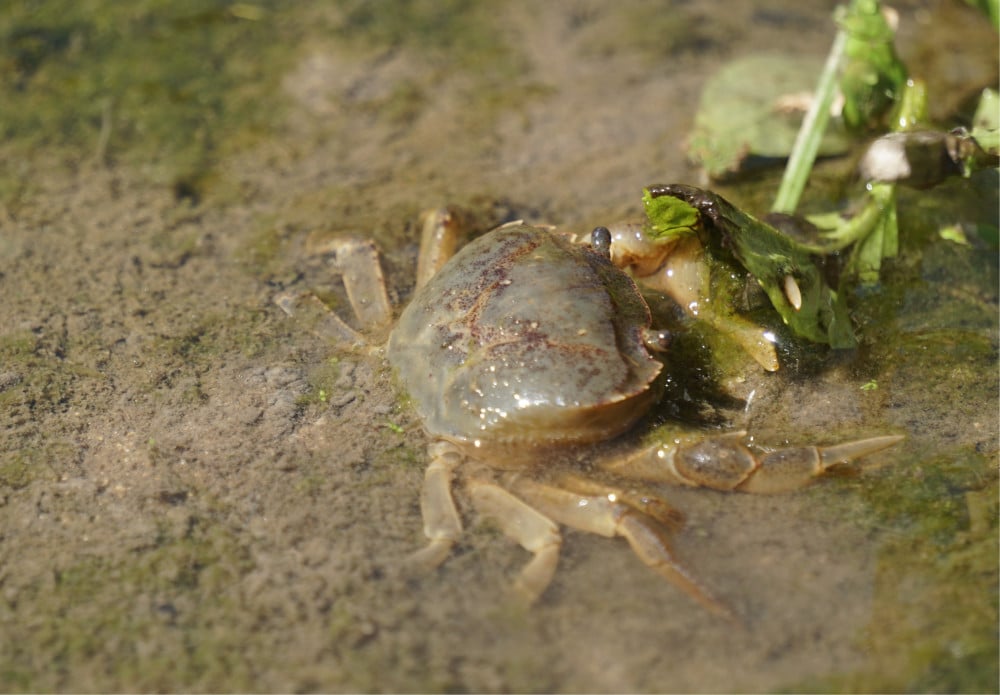
Mountain species discovered in vegetable fields in Ma Thien Lanh valley
According to the Vietnam - Russia Tropical Center, in terms of tourism and branding, Ba Den Mountain has a number of endemic species such as Ba Den Mountain snails, Ba Den Mountain lizards, and Ba Den Mountain geckos. The discovery of more endemic species in Ba Den Mountain proves that this is a priceless "biological repository" that needs to be preserved and its strengths promoted through ecotourism activities.
Unique crab species need to be protected
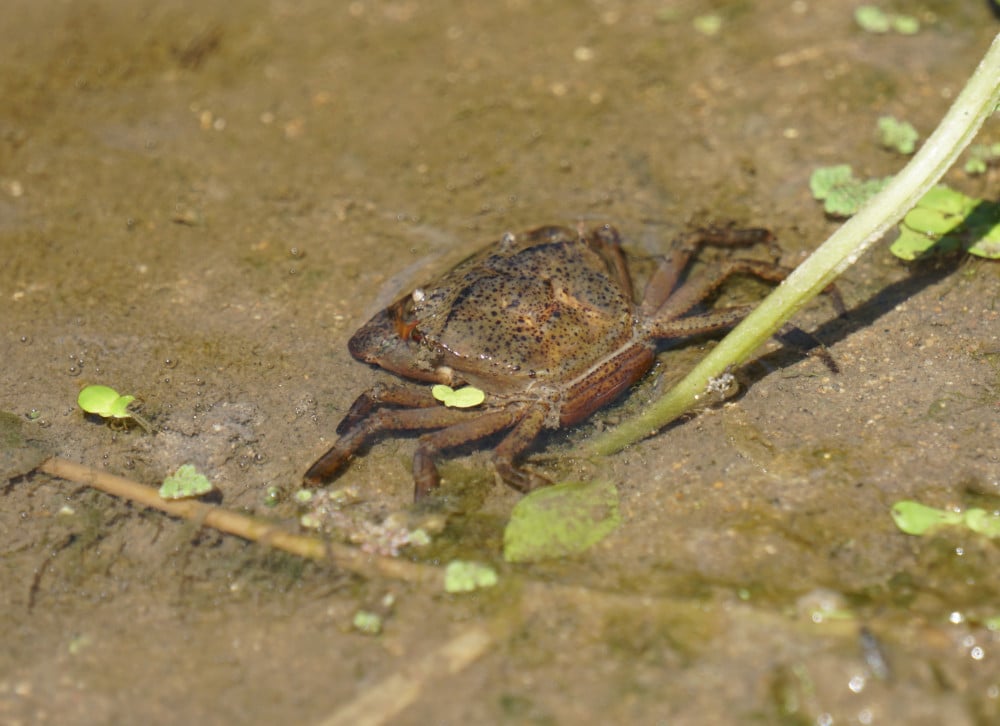
Female crabs are on their way to find food.
The good news is that now, this crab species not only lives at an altitude of about 400 meters on Ba Den mountain as scientists announced, we also discovered them in the herb fields in Ma Thien Lanh valley.
The Ba Den mountain complex includes: Ba Den mountain, Phung mountain and Heo mountain. Ma Thien Lanh valley is a low-lying area - the junction of the three mountains mentioned above. This place has fresh, cool air and a stream that flows all year round. Taking advantage of favorable natural conditions, some local people grow fruit trees and some vegetables such as celery, fish mint, etc.
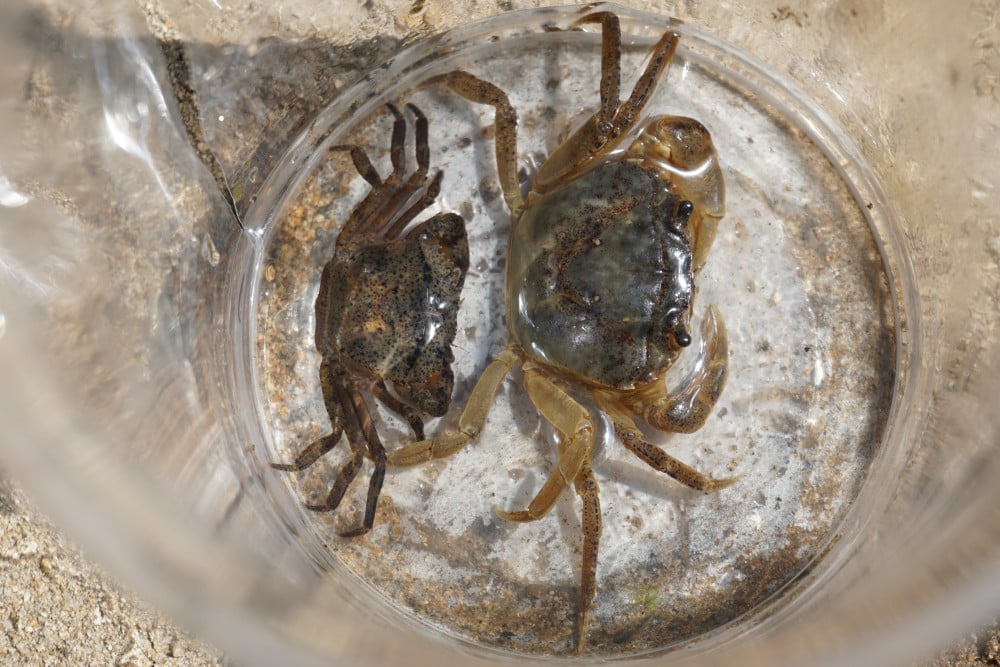
Male crabs are much larger than female crabs.
To grow vegetables here, farmers clear the land into small fields from high to low like terraced fields. In those fields, they grow vegetables and put some plastic pipes to bring water from the stream to flood the fields.
Looking closely at the water flowing through the vegetable fields, we saw some Tayninhon nuibaden lurking around looking for food. Sometimes they hid under the sand or transformed into green seaweed in the rice fields.
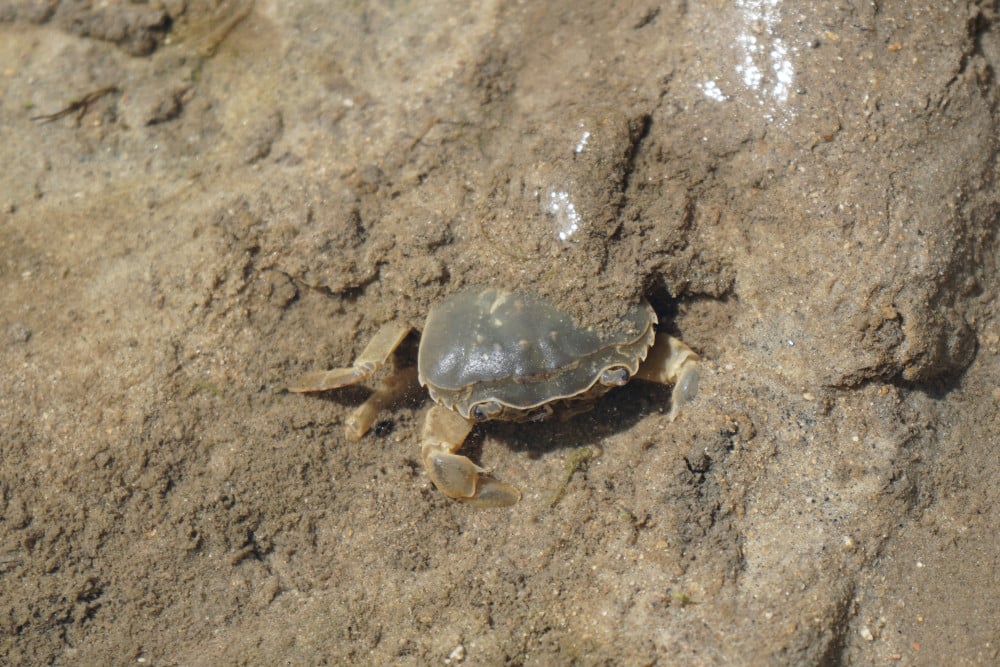
According to scientists, this crab species does not have the habit of digging burrows.
Try catching a few crabs, in addition to the characteristics described by scientists, these Tayninhon nuibaden are also easy to distinguish between sexes, based on the underbelly plastron. Male crabs are significantly larger than female crabs. Some adult male crabs have one claw larger than the other; meanwhile, the female crabs' claws are almost the same size.
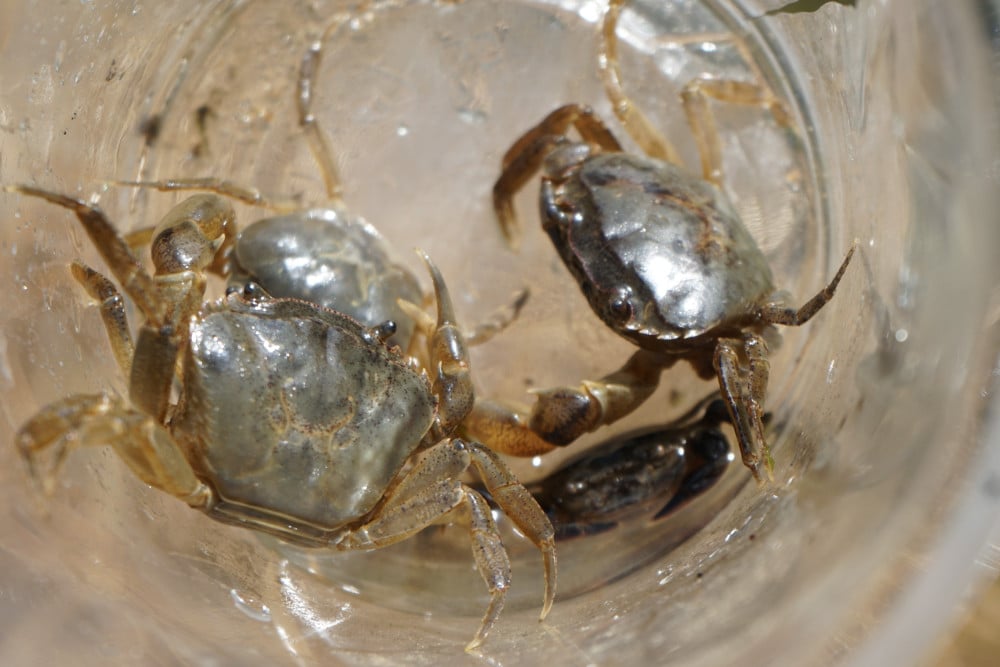
When temporarily locking them in a plastic cup, a fight immediately broke out.
When held in hand, it is easy to feel that this crab is about half the size of a field crab. Tayninhon nuibaden is also quite aggressive, when caught, they fight back fiercely by using their claws to clamp tightly onto the catcher's hand. When temporarily confined in a plastic cup, a fight immediately breaks out. When released into their old environment, the crabs quickly blend into the water, hiding under the sand, making them very difficult to see.
Based on the IUCN (2024) criteria, the research team proposed to classify Tayninhon nuibaden as: Vulnerable (VU). This means that the species population is at risk of decline if no protection measures are taken.
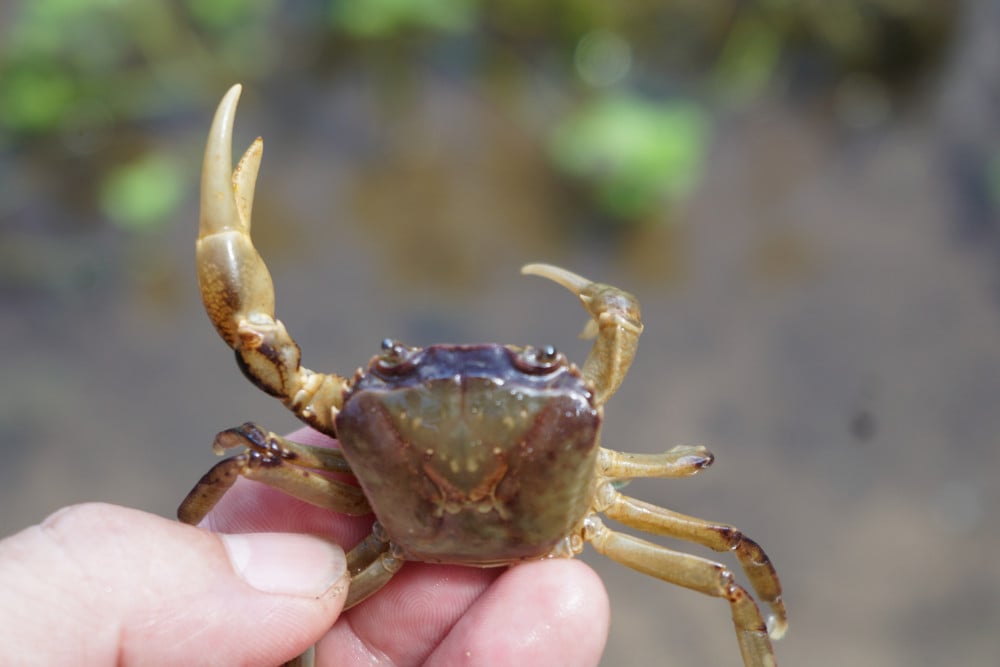
Adult male crabs have one claw larger than the other.
Scientists recommend that a monitoring program and further research on the ecology of this crab species should be implemented soon. At the same time, integrating conservation into the local sustainable tourism development strategy is extremely necessary to protect this unique crab species./.
Ocean
Source: https://baolongan.vn/di-tim-loai-cua-nuoc-nuoc-ngot-tayninhon-nuibaden-a204130.html



![[Photo] President Luong Cuong attends the 80th Anniversary of the Traditional Day of Vietnamese Lawyers](https://vphoto.vietnam.vn/thumb/1200x675/vietnam/resource/IMAGE/2025/10/09/1760026998213_ndo_br_1-jpg.webp)
![[Photo] Prime Minister Pham Minh Chinh chairs a meeting of the Government Standing Committee on overcoming the consequences of natural disasters after storm No. 11](https://vphoto.vietnam.vn/thumb/1200x675/vietnam/resource/IMAGE/2025/10/09/1759997894015_dsc-0591-jpg.webp)


![[Photo] General Secretary To Lam visits Kieng Sang Kindergarten and the classroom named after Uncle Ho](https://vphoto.vietnam.vn/thumb/1200x675/vietnam/resource/IMAGE/2025/10/09/1760023999336_vna-potal-tong-bi-thu-to-lam-tham-truong-mau-giao-kieng-sang-va-lop-hoc-mang-ten-bac-ho-8328675-277-jpg.webp)


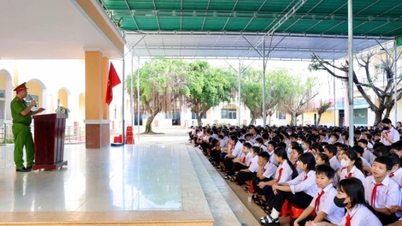













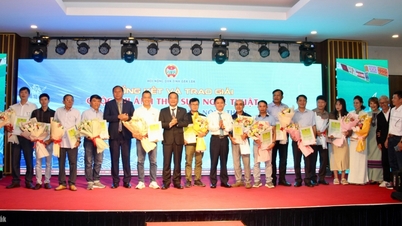







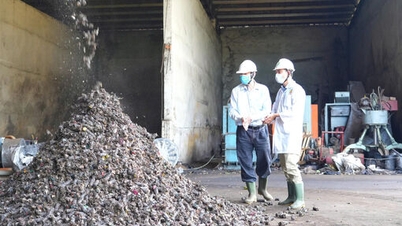

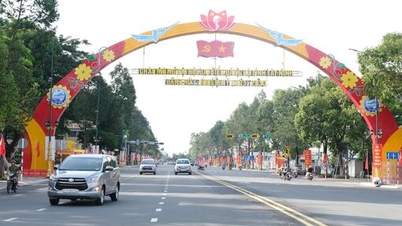







































































Comment (0)